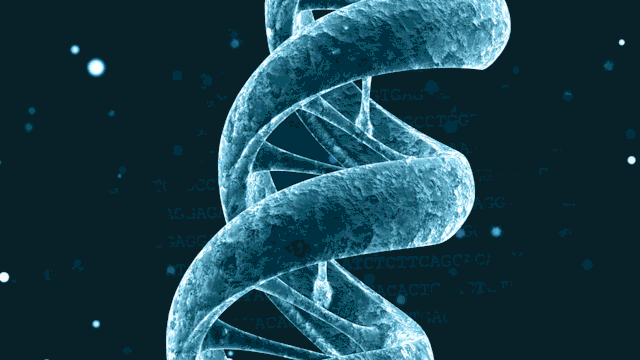
Using DNA to store digital data has been a classic forecast in infotech futurism for more than two decades. The basic concept is that you could synthesize strands of DNA encoded with digital information and then decode it with DNA sequencing techniques. While several amazing experiments have demonstrated that DNA data storage is possible, it's mostly been thought of as too expensive and impractical. But as researchers continue to make technical strides in the technology, and the price of synthesizing and sequencing DNA has dropped exponentially, systems for backing up to the double helix may actually be closer than you think. From IEEE Spectrum:
Even as our data storage needs surge, traditional mass-storage technologies are starting to approach their limits. With hard-disk drives, we’re encountering a limit of 1 terabyte—1,000 GB—per square inch. Past that point, temperature fluctuations can induce the magnetically charged material of the disk to flip, corrupting the data it holds. We could try to use a more heat-resistant material, but we would have to drastically alter the technology we use to read and write on hard-disk drives, which would require huge new investments. The storage industry needs to look elsewhere....
It still may not match other data storage options for cost, but DNA has advantages that other options can’t match. Not only is it easily replicated, it also has an ultrahigh storage density—as much as 100 trillion (1012) GB per gram. While the data representing a human genome, base pair by base pair, can be stored digitally on a CD with room to spare, a cell nucleus stores that same amount of data in a space about 1/24,000 as large. DNA does not have to be powered by an external energy source to retain data, as long as it’s stored in a controlled environment. And it can last for a long time: DNA can survive in less than ideal conditions for hundreds of thousands of years, although it often becomes highly degraded. After all, the Alps preserved Ötzi’s DNA for more than 5,000 years. Researchers once recovered DNA from the toe bones of a horse that had been preserved in a glacier for about 700,000 years.
"Exabytes in a Test Tube: The Case for DNA Data Storage" (IEEE Spectrum)